BUSINESS CASUAL attire for men has come a long way. It’s true the pendulum has swung all the way from stiff and proper to loose and comfortable, but understanding how to dress business casual for men in 2023 is all about finding a balance between the two extremes. “Back in the Mad Men era, suits were the only thing to wear to the office,” says Hazel Morley, Vice President of Design at Bonobos. Nowadays, a suit is no longer required for the majority of office jobs, but Morley believes men are still expected to look professional. This is where business casual for men comes in: the styling of shirts, blazers, pants, shoes, and accessories that will result in smart office outfits.
But business casual for men isn’t easy to get. “Business casual allows you to exude your brand, personality, and style, and that’s why it’s so risky,” says Joseph Rosenfeld, an image consultant and personal stylist. What says “chill and in charge” to you might come off as “sloppy and slackerish” to your colleagues. With that in mind, we’ve spoken to our panel of over 12 experts—from stylists to style influencers to designers of menswear brands to pros in suiting—to help curate the best business casual attire for men that’ll look right on you.
What Is Business Casual for Men?
Business casual for men should fall somewhere between a suit and weekend casual attire, says Morley. “Clothing that looks polished and smart, but isn’t a full suit,” she adds. Exactly how business casual for men will look depends on your own workplace’s dress code. “Some workplaces will never actually be ‘casual’—just more casual than traditional business attire or a full suit,” explains Jerod Walburn, a style expert at suits rental company The Black Tux.
In general, business casual for men need to not look too casual. “You’re still operating in a professional environment, where generally speaking, you want to be taken seriously,” says Steve Knorsch, Managing Director of the tailoring house Cad & The Dandy. At Men’s Health, our team of style experts believes business casual for men means looking put-together but still being comfortable: like a casual blazer, plus a button-down shirt or polo shirt, plus chinos, but the blazer will feel more relaxed, the shirts will be moisture-wicking, and the pants will have some stretch.
Below, we’ve consulted with our style experts and done our own hands-on testing 0n different business casual outfits for men that make dressing up comfortable, and that make transitioning from office to a night out effortless.
Business Casual Blazers
“When it comes to jackets and blazers, you want something versatile, neutral, and can be transitional throughout the seasons,” says personal wardrobe stylist Grace Thomas. For instance, this Todd Snyder sport coat walks a fine line between professional but never stuffy, and ticks all the boxes when it comes to the versatility of being paired with pants, jeans, and even shorts with a belt, says personal stylist Stephanie Gisondi-Little. For dress codes in more traditional workplaces, business casual blazers can operate as a less structured suit, says Walburn, like this tailored option from Bonobos. “That’s not what a lot of people think of as casual, but it works in that setting.”
For guys who prefer more formal styles, you can’t go wrong with a sleek customizable blazer from Indochino. Yes, it’s on the conservative side, but its herringbone pattern makes for an interesting twist. On the casual side, however, we can’t get enough of Buck Mason’s lived-in travel blazer that is soft, stretchy, cool to the touch, and meant to be packed into your duffle bag and taken out to be worn at the right moment.
As for the color and patterns in business casual blazers, Knorsch recommends “subtle shadow stripes, houndstooth, or glen plaid patterns” that will add some pop to the silhouette, and “off colors” like burgundy, brown or deep green that can take the formality down a few notches.
Business Casual Shirts
Dress shirts have become more performance-oriented, which is why Gisondi-Little recommends sourcing natural fabrics like cotton or silk as often as possible. “They will be breathable and definitely give an air of professionalism to even the simplest silhouette”. On the other hand, knit polos like this modern, polished option from Reiss are fully in for men’s business casual attire, according to Justin Berkowitz, Men’s Fashion Director at Bloomingdale’s. “Look for options in a light merino or fine cotton; they’ll work under a soft sports jacket on slightly dressier days and with an overshirt on casual ones.”
When it comes to button-down shirts, something simple and classic like this chambray shirt from J.Crew will do the business casual trick. “This material makes a button-down a bit more casual, playing perfectly into this aesthetic,” says Thomas. I also personally approve of this performance dress shirt by Mack Weldon that’s stretchy, quick-drying, and wrinkle-resistant after wearing it to the office for quite a few days. For a classic style, let the timeless Oxford shirts take over to pair with a blazer for smart dress codes, or chinos and sneakers for more informal spaces; this one by Charles Tyrwhitt even has a nice stretch and a smooth, crease-free finish.
Business Casual Pants
Versatility is the key to business casual pants. “I like styles that work in and out of the office, this means finding classic styles with secret powers built in,” says Matthew Congdon, SVP of Design at Mack Weldon. Say goodbye to stuffy wool dress trousers; instead, turn the performance up for business casual pants. “For the more budget-minded man, Bonobos’ chinos are the perfect addition to a business casual wardrobe,” says Thomas. Bonobos chinos are stretchy, look refined, and come in different fits to suit your body type. Berkowitz recommends Peter Millar’s performance 5-pocket pants as another accessible standout: it’s got a two-way stretch and moisture-wicking while looking both weekend—and office—ready.
Another business casual pants option I recommend after thorough testing is Lululemon’s ABC pants: with stretch, quick-drying, and anti-ball-crushing tech built-in, these slacks move comfortably like joggers but look elevated like chinos. Their no-brainer versatility as travel pants, office pants, and summer pants is worth the investment. If you’re looking for pants that lean more casual, Knorsch suggests trousers in linen or cotton for summer, and twill or corduroy pants that provide a casual yet appropriate alternative to jeans for winter.
Business Casual Shoes
“Replace your traditional oxfords with more casual slip-ons or less formal split toes or brogues,” says Knorsch. “Derby shoes and Chelsea boots are effortless to wear and often come in a huge shade range so you can adapt them to any business-casual look,” adds Spencer Riley, Design Director at Charles Tyrwhitt. Dress sneakers also take the cake, though Knorsch suggests keeping the blazer simple, the shirt monochrome, and the sneakers sleek in leather if you opt for the “sneakers with a suit” look. Cole Haan’s best-seller, for instance, is approved by lifestyle influencer Steven Fingar. “It is the perfect blend of a dress shoe silhouette and the comfort of a sneaker. It’s one of my favorite pairs that can take you from a client meeting, to out on the town, and lounging around.”
Read More: Best Business Casual Shoes
Koio’s minimalist leather sneakers are also foolproof. “These sneakers boast an ultra-minimal and clean design that complements a wide range of outfits,” says personal stylist Turner Allen. My personal favorite is Amberjack’s, which is, bar none, the most comfortable dress shoes I’ve ever tested. Casual-looking with an athletic build, these shoes have a foam arch support designed to let your feet move in bliss and a versatile look for dressing up and down. Classic soft loafers are recommended by Berkowitz, and these OG penny loafers from G.H. Bass are the perfect mid-point between casual sneakers and formal Oxfords, with comfort that is apparent right out of the box, says Allen.
Business Casual Accessories
“This is a key place to keep it dressier,” says Berkowitz. From cufflinks to belts to dress watches to neckwear like ties, business casual accessories are a must for elevating your fits. For watches, Berkowitz recommends a smaller, dressier timepiece—40mm or under—like this classic from Longines. If you’re on a budget, Thomas suggests affordable watches from watch brands that won’t break the bank and offer beautiful leather options. “A brown leather band styles great from daytime to night, which will give the versatility to wear throughout the day,” she says.
Belts are equally essential. “Look for solid brown leather in a wider width, narrower woven belts, or fabric belts with D ring closures that make perfect compliments to casual looks but are still work-appropriate,” says Gisondi-Little. Avoid a narrower, shinier dress belt if you are otherwise looking relaxed, she adds. As for ties, Knorsch recommends neckwear in knits, wool, or cashmere over traditional silk neckwear for copping a casual vibe. And don’t forget dress socks. “If you have dress shoes like oxfords or Derbys, do wear socks (half calf); but if you wear loafers, you can get away with no socks (or no-show socks),” says Daniel Zisman from custom suiting brand Proper Cloth.
What to Consider in Business Casual for Men
The Do’s
- Do consider the fit and fabrications of your attire. “A big part of looking polished with more casual apparel items is tied to proper fit and proportion. Another key element is tied to texture and elevated fabrics,” says Berkowitz. For instance, a casual outerwear piece like a chore coat or overshirt, when rendered in an elevated fabric like wool, is inherently dressier than one made from cotton.
- “Do embrace bespoke tailoring,” says Knorsch. “You get a wider choice, a better fit, and something that is unique to your style. Suits and sports coats CAN and SHOULD be worn casually and remain professional.”
- “Do consider your accessories. Shirts, shoes, watches, belts, and other details can work to elevate a more casual outfit,” adds Knorsch.
- Do use your own discretion on what your workplace or business casual allows. “If it’s really okay to wear shorts to work, you’ll know—you don’t need me to tell you that,” says Walburn. This is true for other more relaxed, casual styles like hoodies. “I think it’s a judgment call, and if you’re not sure then it’s probably a no,” adds Walburn.
The Don’ts
- “Avoid running sneakers that are meant for the gym or the park,” says Riley. “Make relaxed footwear work in the office and go for fresh, pure leather in a simple design to hit that business-casual balance.”
- Don’t wear logos or branding. “My hard and fast rules for appropriate business casual include skipping anything with branding a la sports teams or synthetic fabrics we associate with sports activities like basketball shorts, tank tops, or heavily worn athletic sneakers,” says Gisondi-Little.
- “Don’t be a distraction. This covers a lot of questionable choices. You can still be yourself and look good without abusing the concept of casual,” says Walburn. “Sometimes a casual outfit can be too casual, and you just don’t feel prepared. Don’t put yourself in that position of feeling out of place.”
- “Leave the loud colors and prints for your weekend or evening wear,” says Thomas. “If you want to add color, think about it in small pops like accessories or micro prints.” In addition, neutrals such as navy, white, black, and brown are foolproof for business casual staples.
History of Business Casual for Men
Business casual attire for men dates back to the invention of the workweek and casual Friday. “It was made so that the intended wearer was taken seriously, could mix business with pleasure, and wear the garments more than the 9-5,” says Paul Strong, Product Director of Percival. “In the 60s, it was very much like the show Mad Men in most offices, with dark suits and formal business attire,” adds Walburn. Congdon also gives an example of what business casual for men was like in the past: “I remember the dawn of casual Fridays in the 90’s with stiff pleated khakis aplenty. This morphed into guys cobbling together comfortable styles that weren’t really office ready—so many polyester golf polos.”
Then, as we all have lived it, the pandemic happened, ushering in a whole new business casual and WFH dress code. “Once you got used to sweatpants every day, we all wanted to feel that same level of comfort when going back into the office,” Congdon says as an example of how business casual for men has become more comfort-oriented. That brings us to today when it’s now more acceptable to wear less formalwear, according to Zisman: “Jackets and pants instead of suits became more popular, and dress shirts with more vivid colors and patterns became acceptable as opposed to the traditional solid business colors.”
What’s New in Business Casual for Men?
Jeans are officially business casual: “As an easy alternative to chinos and suit pants, try a 5-pocket jean,” says Riley. “They’re comfortable with no compromise on style, so you can dress them up for the office and meetings.” Investing in a great dark rinse classic fit denim is perfect for a business casual office fit, adds Congdon.
Knit polos are the shirting: “A polo shirt is the epitome of business-casual—it marries the humble weekend staple with smart features and fabric for an elevated, sharp look so that you can wear it every day of the week,” says Riley. To add, sweater or knit polos are a great option to “break up the routine of a button down or dress shirt,” says Morley.
Performance is embraced: “As office settings continue to become more casual. I see more and more men wearing performance clothing like golf shirts or performance golf pants to the office,” says Morley. Additionally, dress shirts nowadays, according to Congdon, combine the comfort of t-shirts with the performance of workout shirts. “Suits and jackets in performance or sustainable cloths such as Fresco (great for travel) and bamboo (super strong and sustainable) are in more demand than ever,” adds Knorsch.
Shirt jackets are acceptable: “The casual shirt or chore jacket is one of the really new ways of dressing men seem to be embracing. It’s a great alternative to a more traditional suit or sportscoat,” says Knorsch. Thomas also shares the same outlook: “Many men have opted for shirt jackets in business casual outerwear, which is a bit more of a relaxed look.”
Sneakers are in: “If you look back to the ’80s, people were already starting to wear Nikes or similar shoes to the office, so the idea that sneakers are a new trend in workwear isn’t totally true,” explains Walburn. Court sneakers (for tennis or pickleball), for instance, are recommended by Berkowitz.
Athleisure styling is also in: “What seems to be a trend is more athletic wear or athleisure. Not like an entire matching tracksuit or something, but a technical jacket or t-shirt paired with the typical business casual staples like a button-up oxford or nice denim,” says Walburn. Case in point: a fit of leather sneakers, chinos, and a t-shirt is a great way to make something casual ready for business, says Congdon.
Frequently Asked Questions
Can you wear suit pants for business casual?
Business casual attire allows for more flexibility than formal business wear, so incorporating suit pants is a viable option for a professional yet comfortable outfit once you pair them with polo shirts, sweaters, or sports coats. Ideally, a pair of business casual suit pants should be lightweight and breathable, and come in classic colors or patterns that don’t lean too much into formal wear. In addition, linen pants and khakis are great business casual bottoms that still work as suit pants.
Can you wear T-shirts and blazers for business casual?
If the occasion or workplace’s dress codes allow, you can create a business casual ensemble by pairing a clean t-shirt with a well-fitted blazer and dark rinse jeans. As long as you do it tastefully with the goal of maintaining a professional appearance, the combination of a T-shirt and a blazer or sports coat will give you relaxed yet polished business casual attire. In a less traditional environment like tech, or in a creative role, business casual attire for men could mean denim, a simple t-shirt, and a blazer, says Walburn.
How We Selected
To find the best business casual attire for men, our editors and writers have personally tried on over 20 business casual outfits since 2021 and tested each of them by actually wearing them to the office or suitable occasions. We mixed and matched different items for different dress codes to get a sense of how versatile each was. We vetted our tested business casual outfits for men by taking notes of their style, comfort, price point, versatility, and performance such as breathability, moisture-wicking, and stretch. We also examined whether the fit of the blazer or pants was ideal, whether the shoes were comfortable for walking and standing, whether the shirts could withstand being worn all day long, etc., to help narrow down our selections. We also considered options recommended by the panel of style experts we’ve consulted.
Read more: Learn How Men’s Health Tests Products
Why Trust Us?
At Men’s Health, our testing editors and writers always make sure to actually test and use the products ourselves before considering whether to include them. Therefore, rest assured that our product recommendations derive from first-hand experience, and you can read more about our testing process here.
In addition, we have a whole fashion closet in our NYC office dedicated to calling in, trying out, and selecting the best and newest menswear products. We put them on stylish, fit guys to hear their opinions and see how the items look on them before making our final decision. And as style editors, we constantly go into the fashion closet to feel a product’s materials—even put it on ourselves for a spin—to test it.
Lastly, you can trust our opinions on shopping recommendations, whether it’s the products, styling tips, or trends. Not only do we have Fashion Director Ted Stafford and Deputy Editor, Commerce Christian Gollyan, but we also have a panel of style experts—including stylists, fashion influencers, designers, etc.—whom we regularly seek shopping guides from. Therefore, our product recommendations and buying tips are all driven by professional, expert opinions.
Style and Commerce Editor
Maverick Li is the Style & Commerce Editor of Men’s Health, where he covers clothing, footwear, watches, and grooming. He was previously the Assistant Commerce Editor at Esquire.
Deputy Editor, Commerce
As Men’s Health’s Deputy Editor, Commerce, Christian Gollayan oversees all shopping content on menshealth.com. He relocated back to New York by way of Portland, where he was the Associate Managing Editor at TheManual.com. Christian’s work has also been featured in InStyle, Food & Wine, the New York Post, and Tatler Asia.

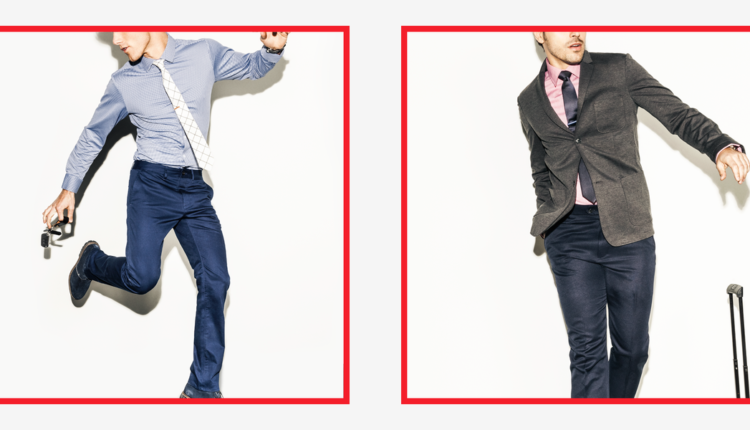
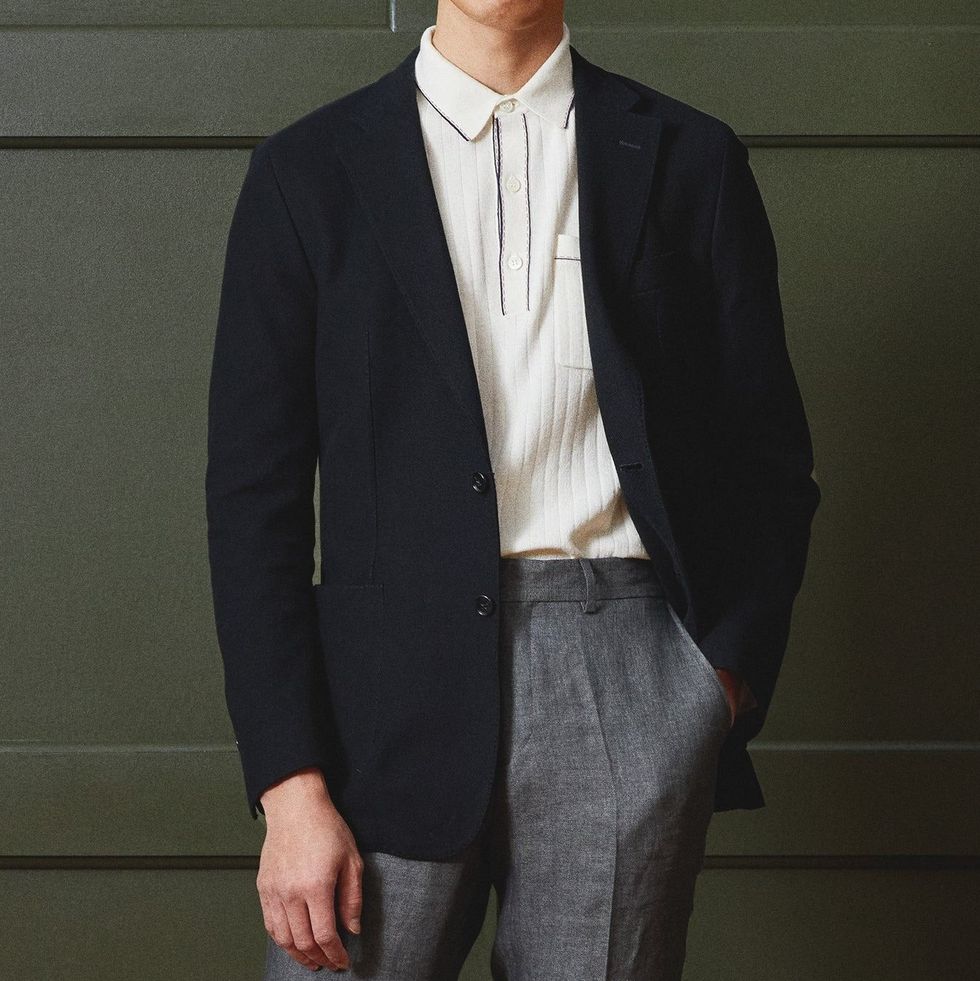

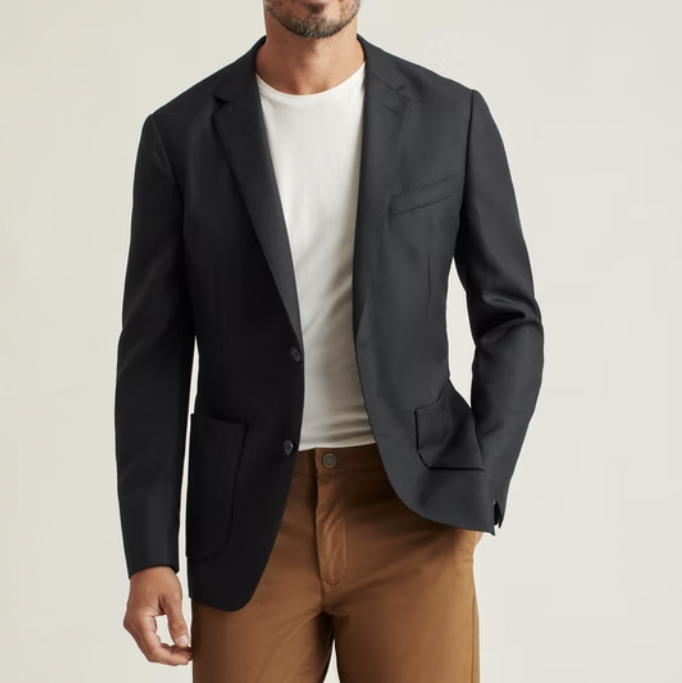
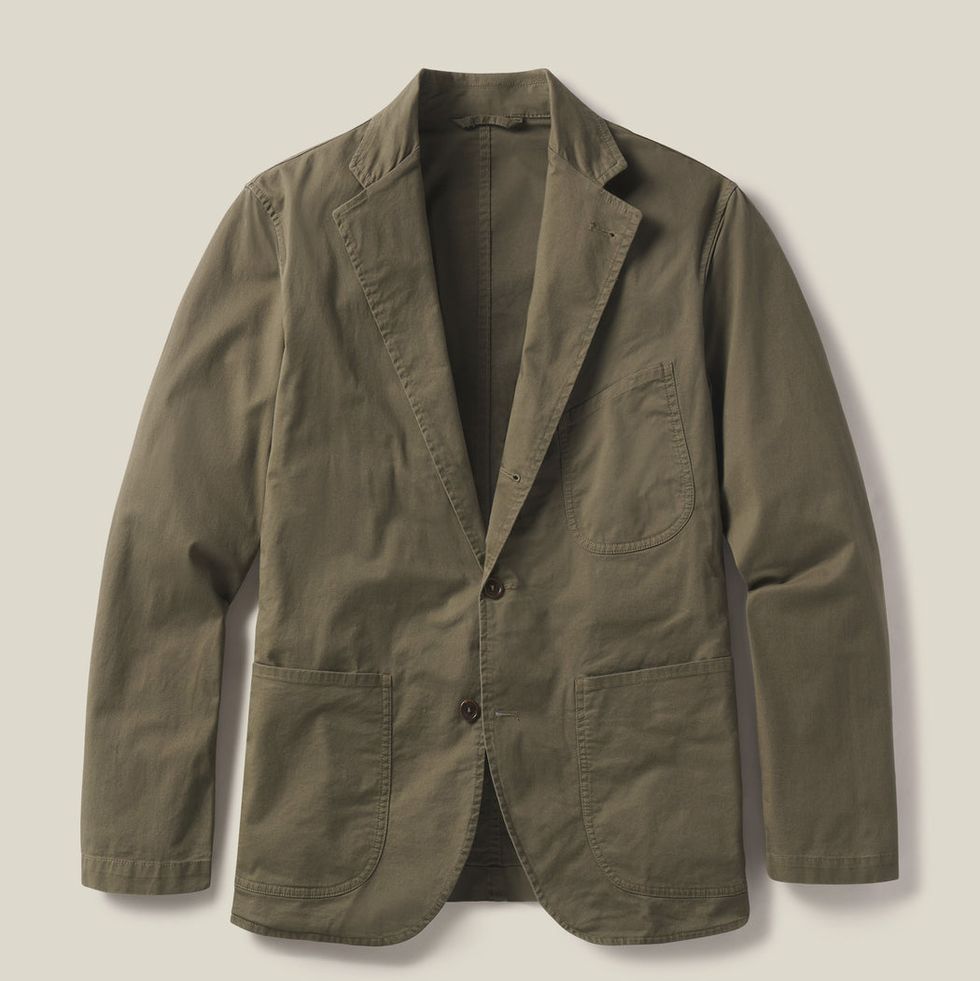
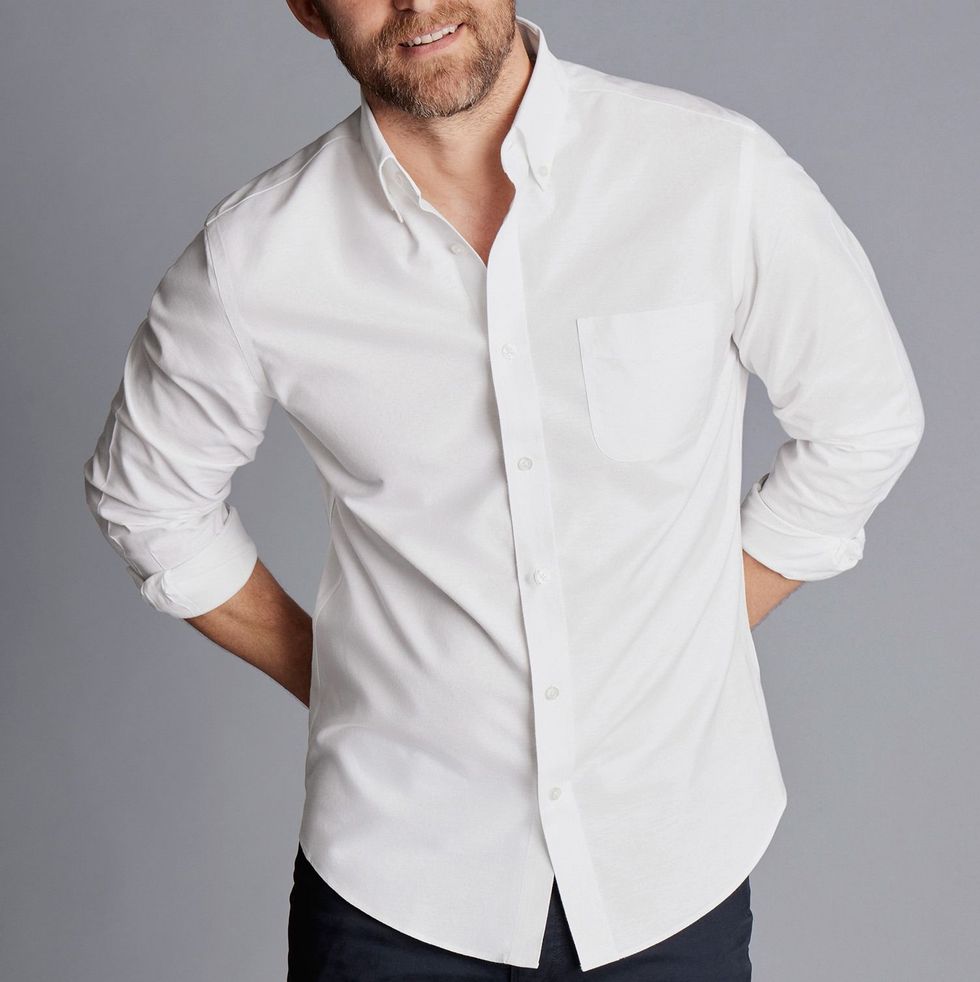

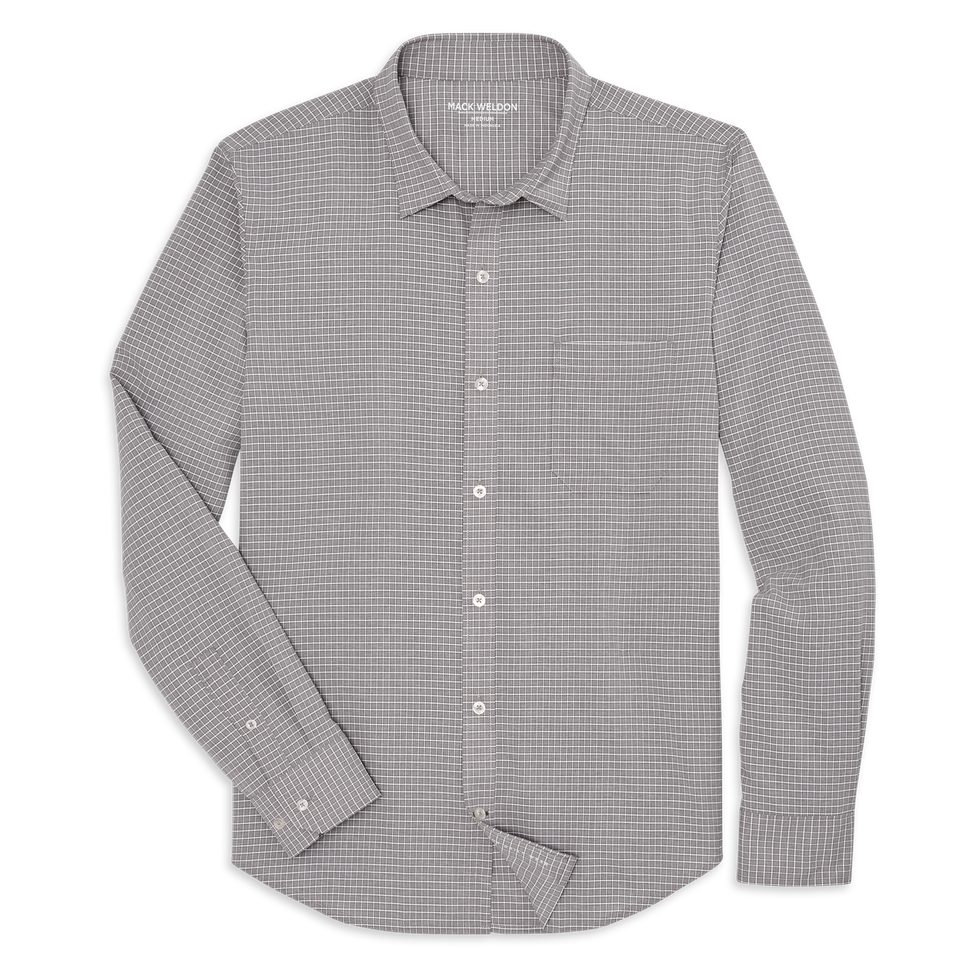
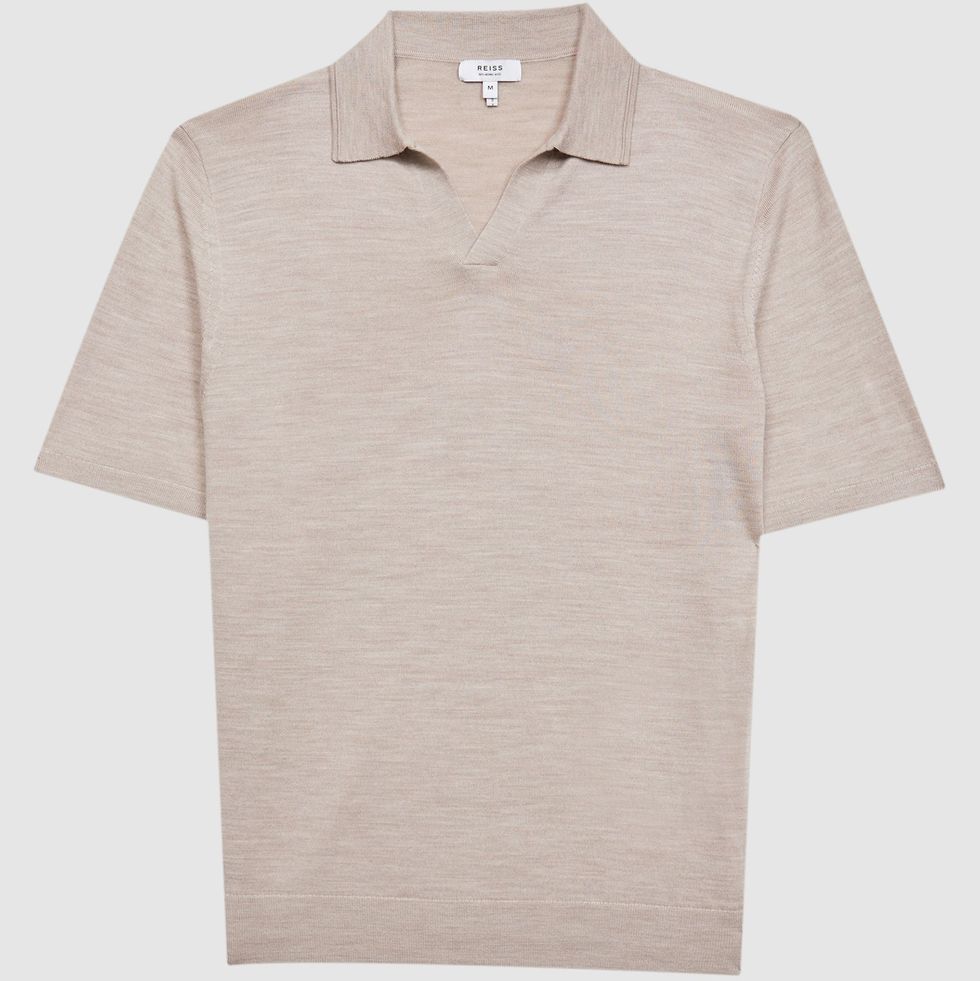
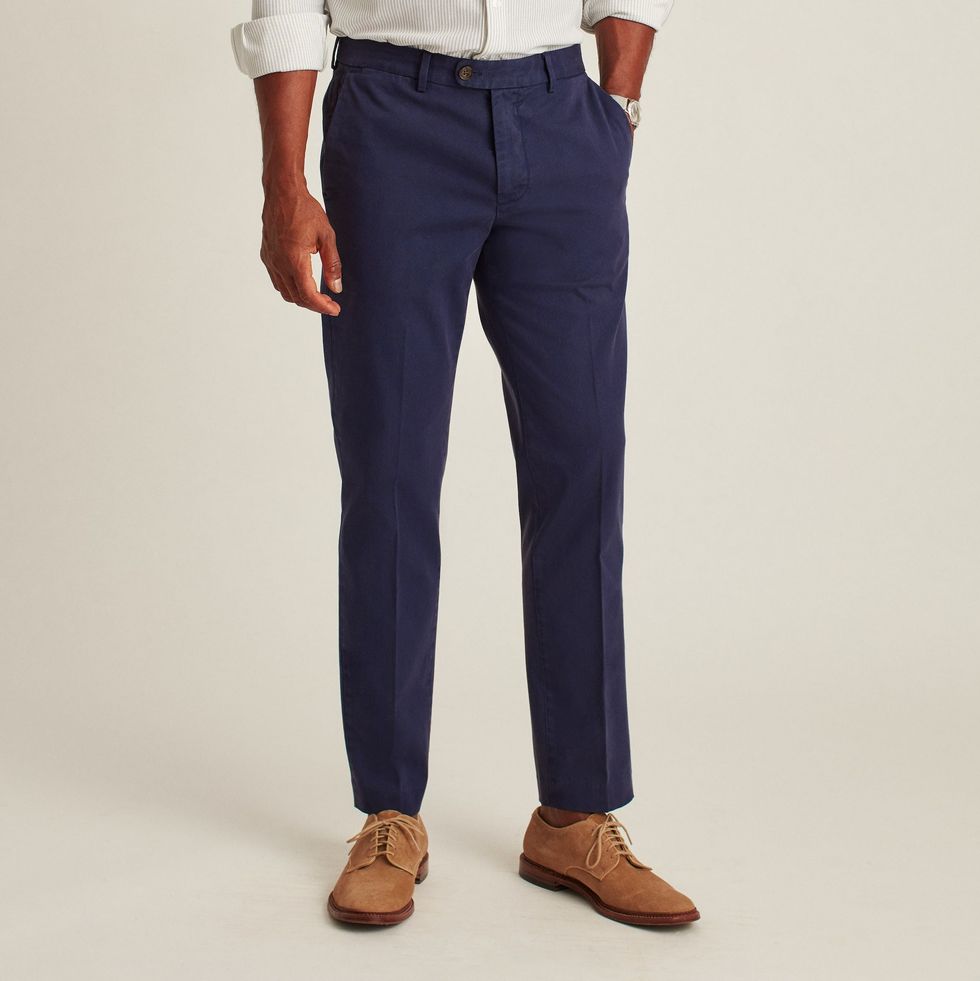

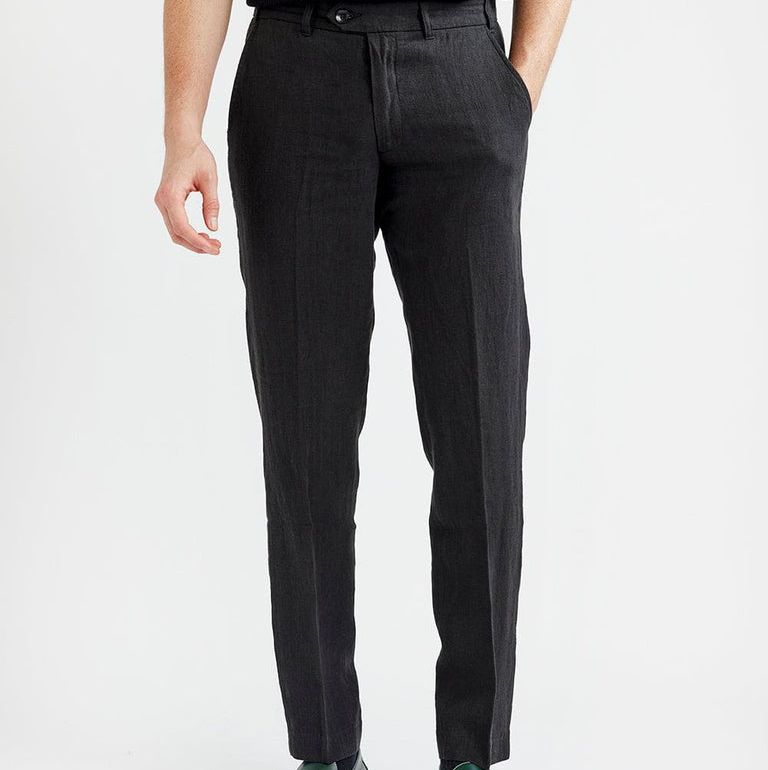
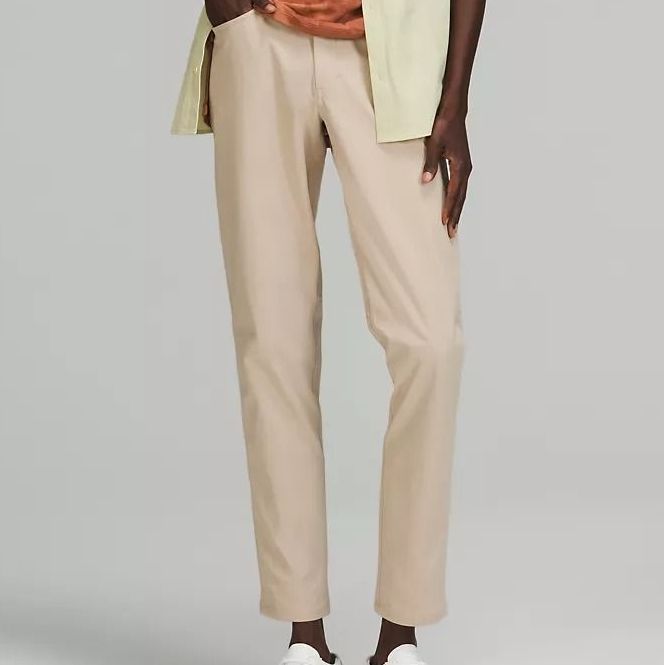
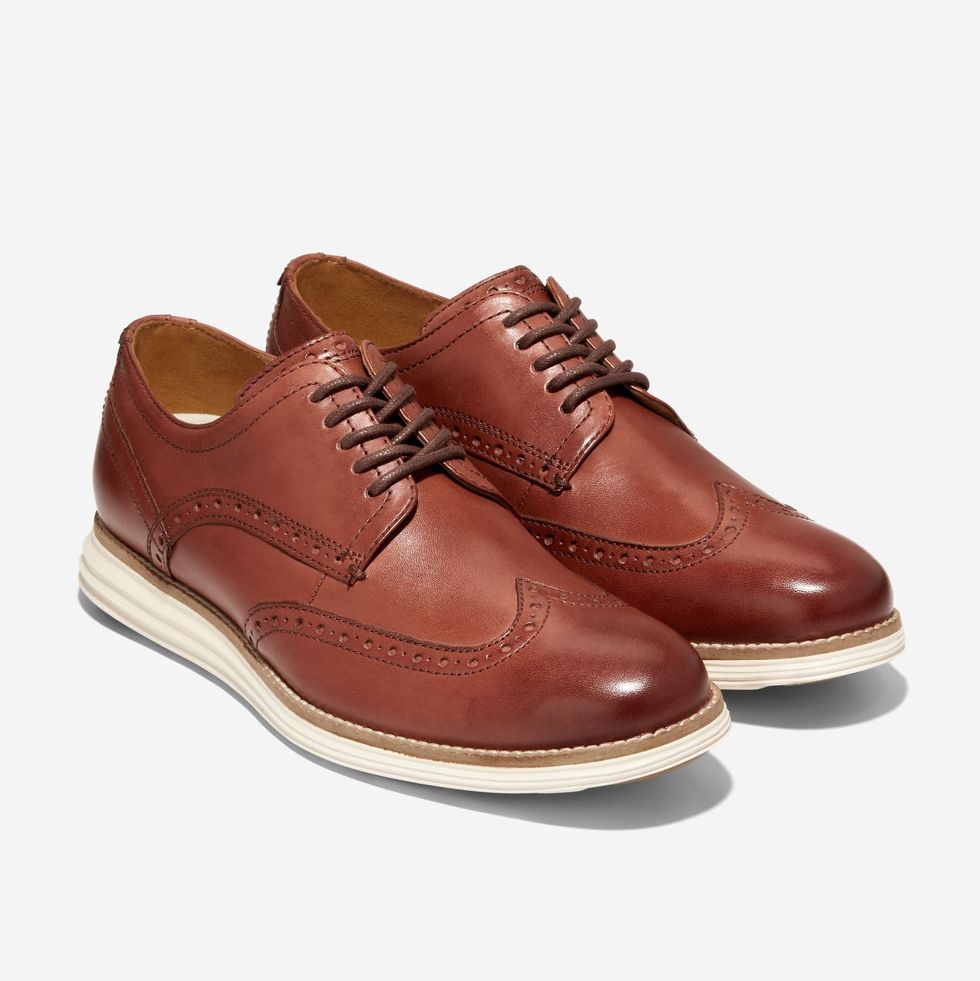
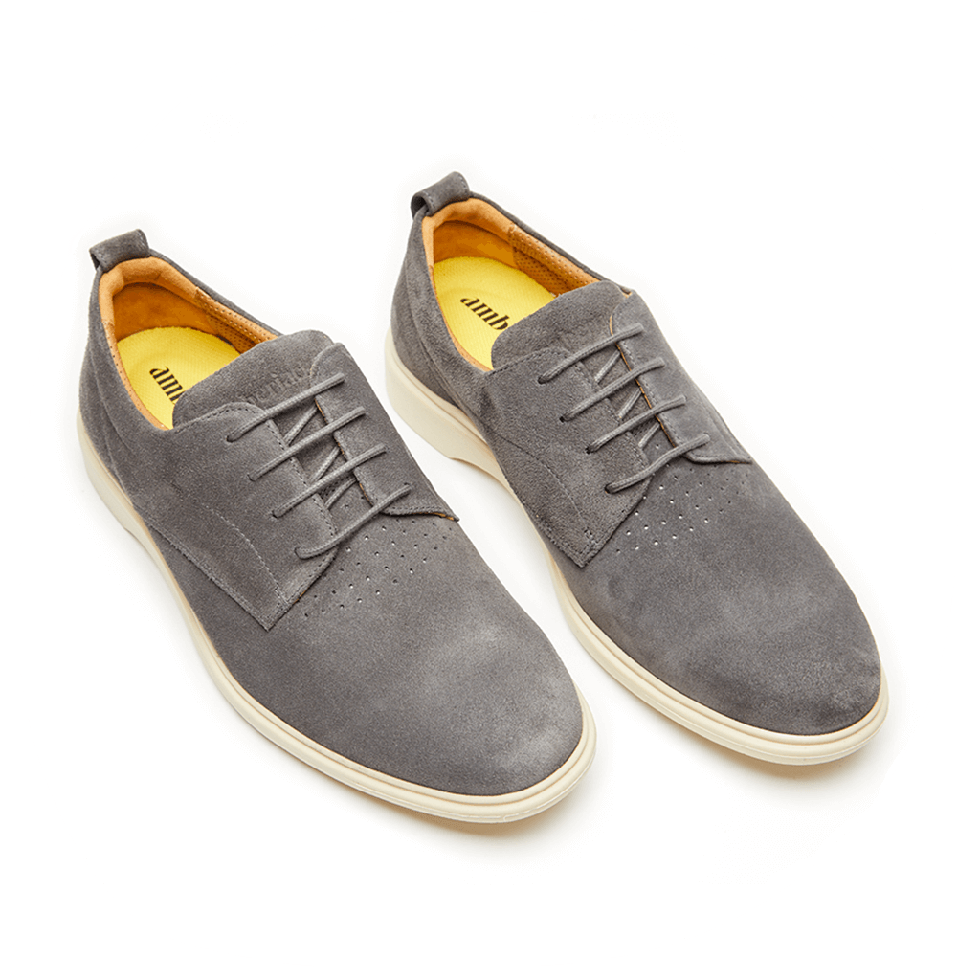
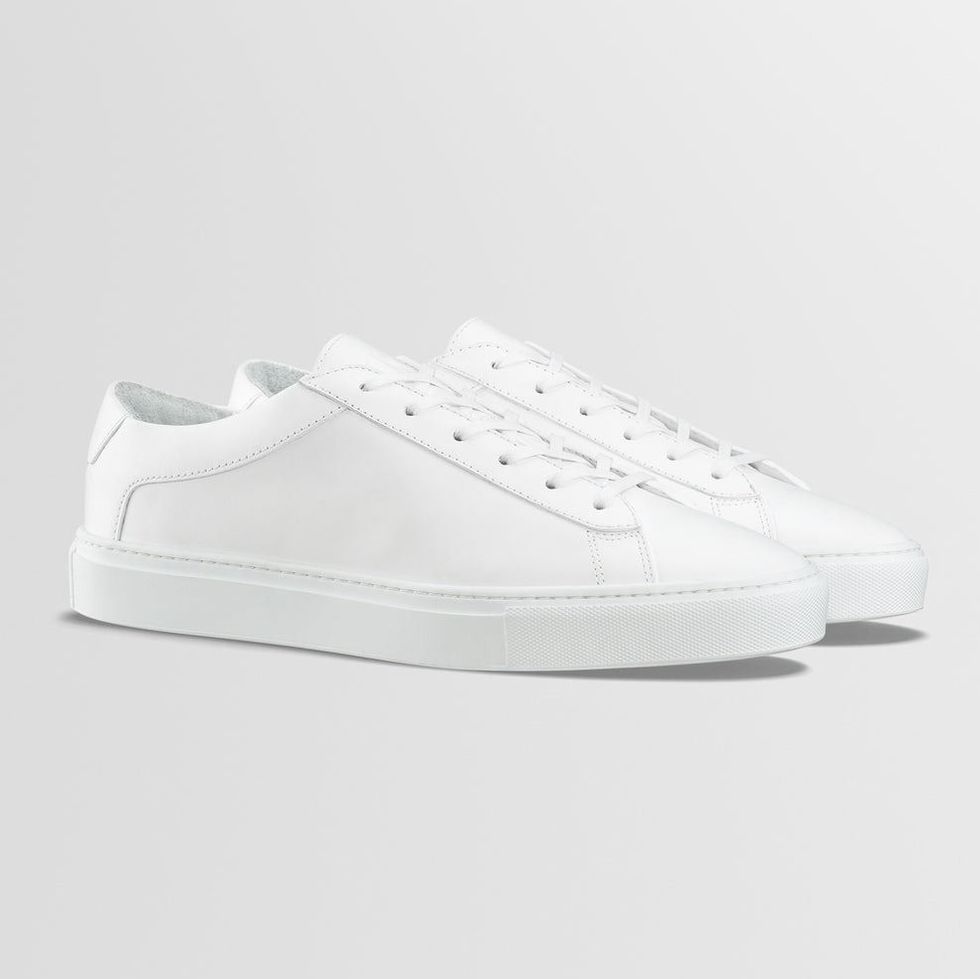
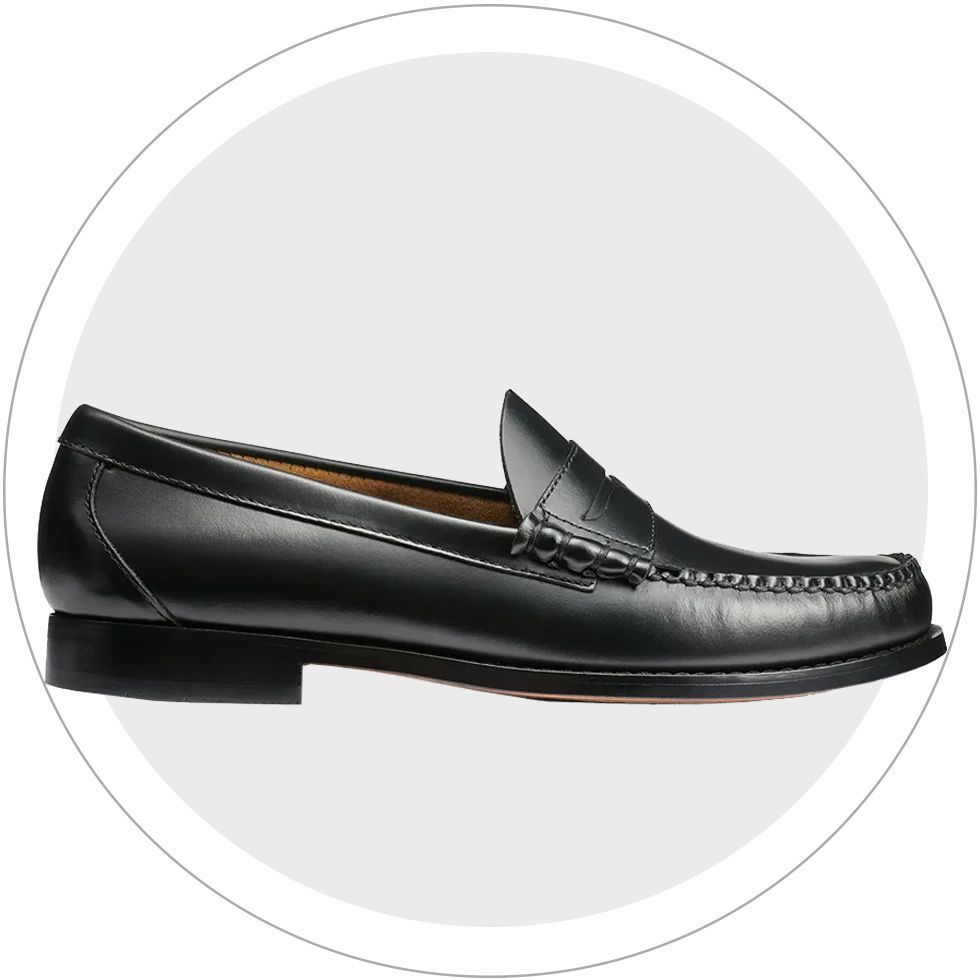
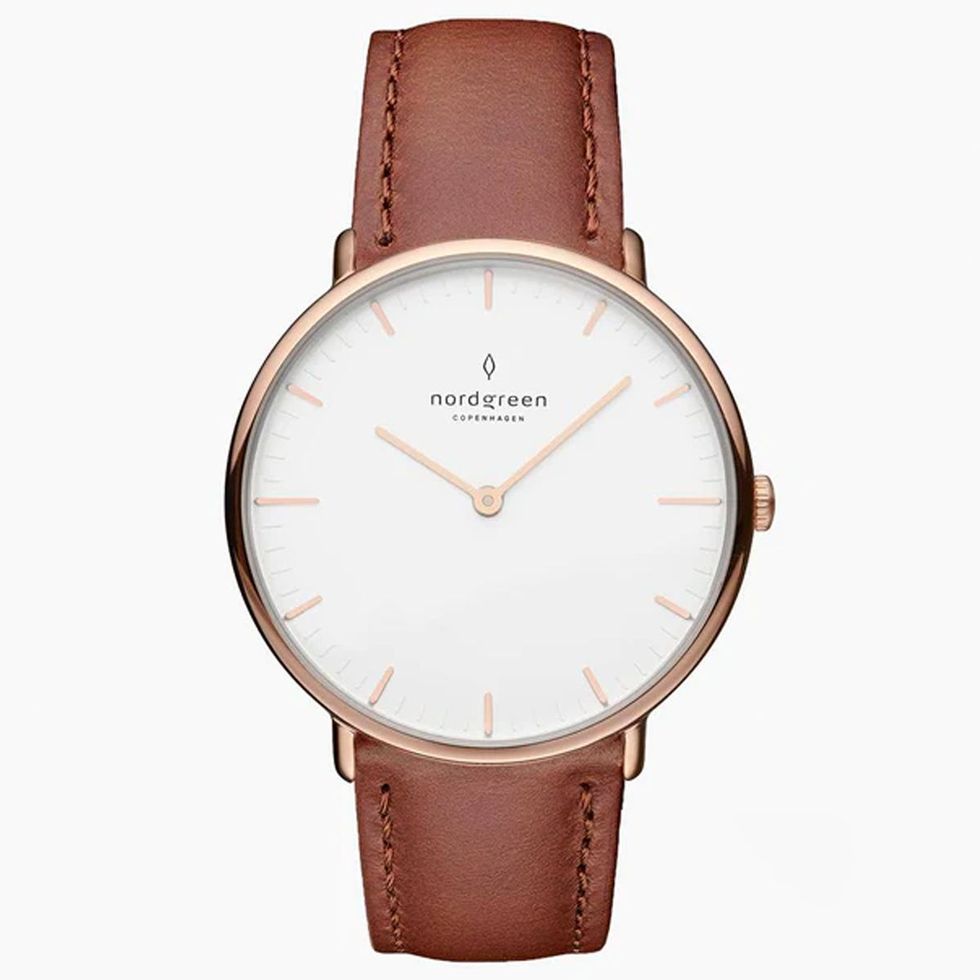
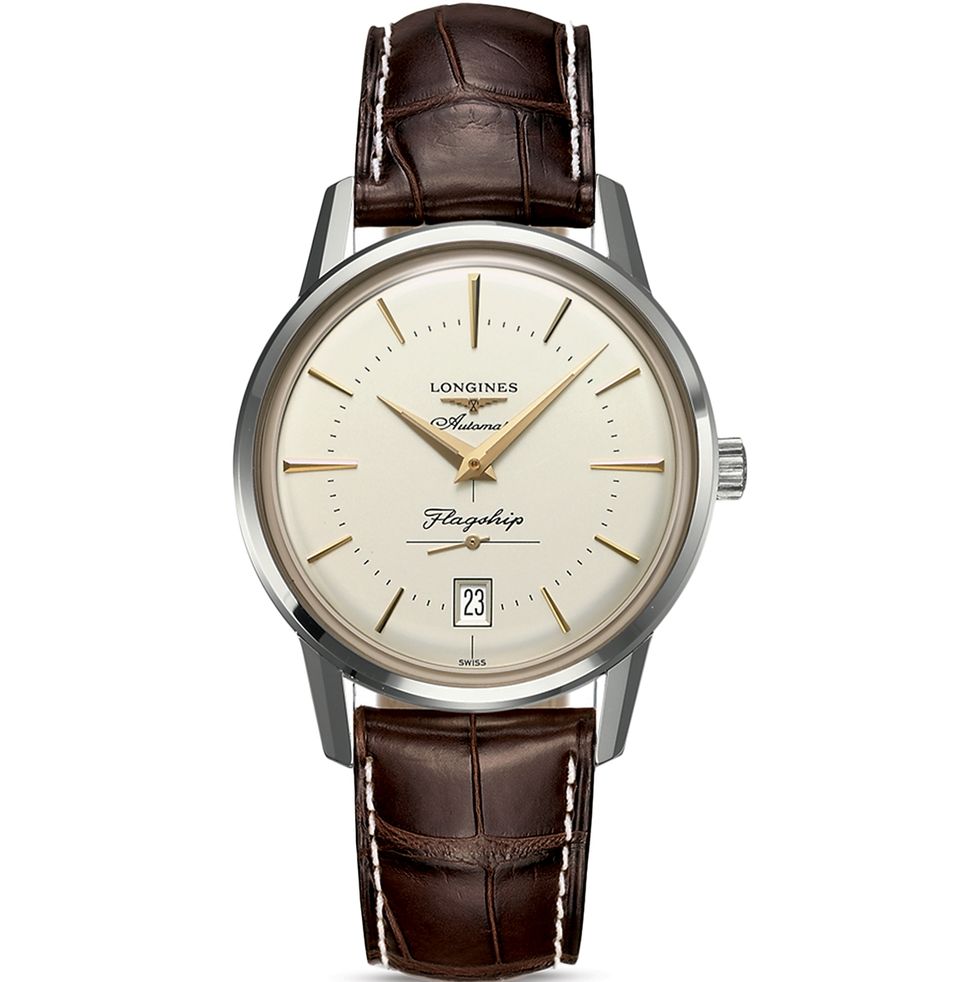
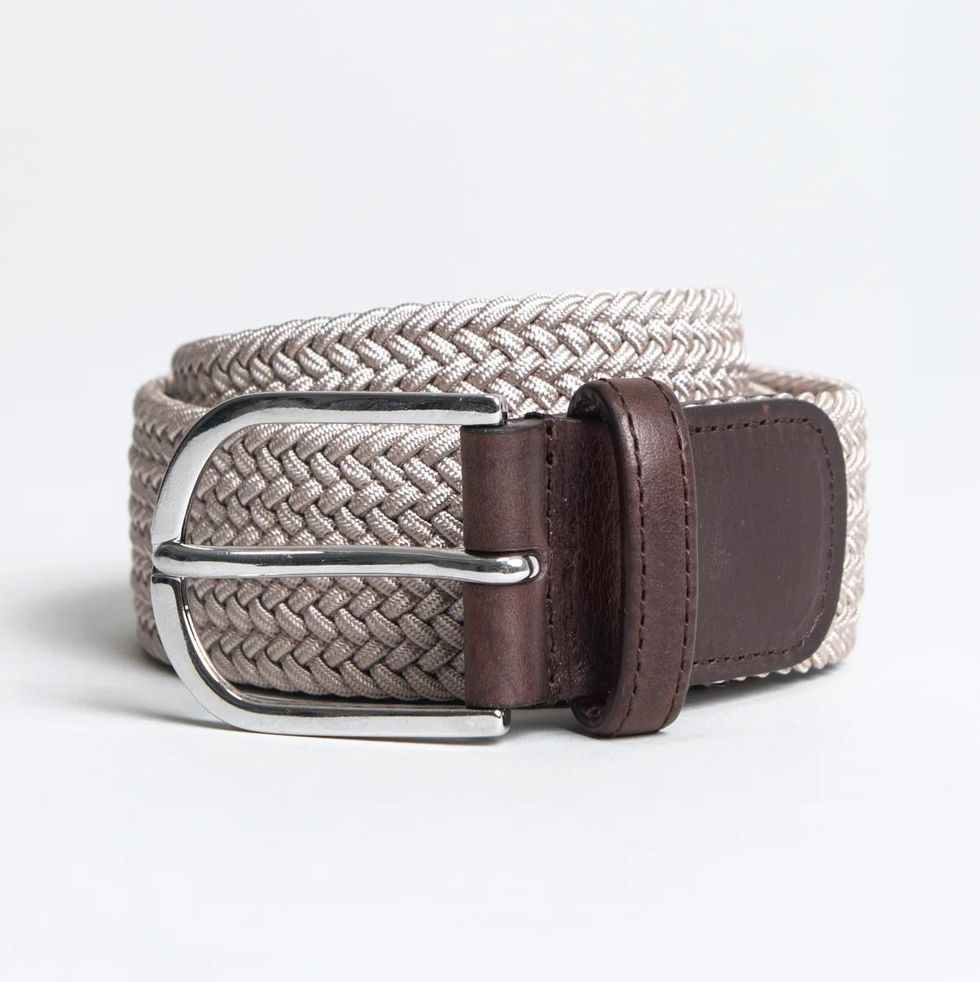

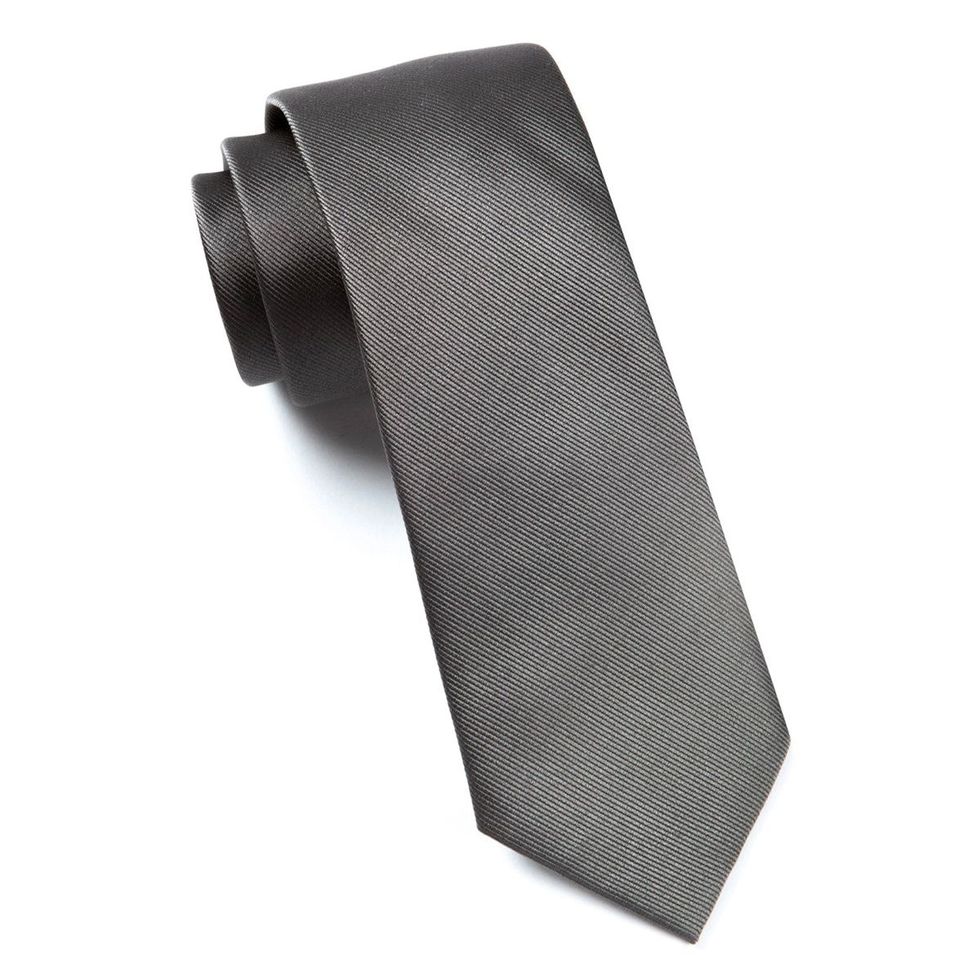
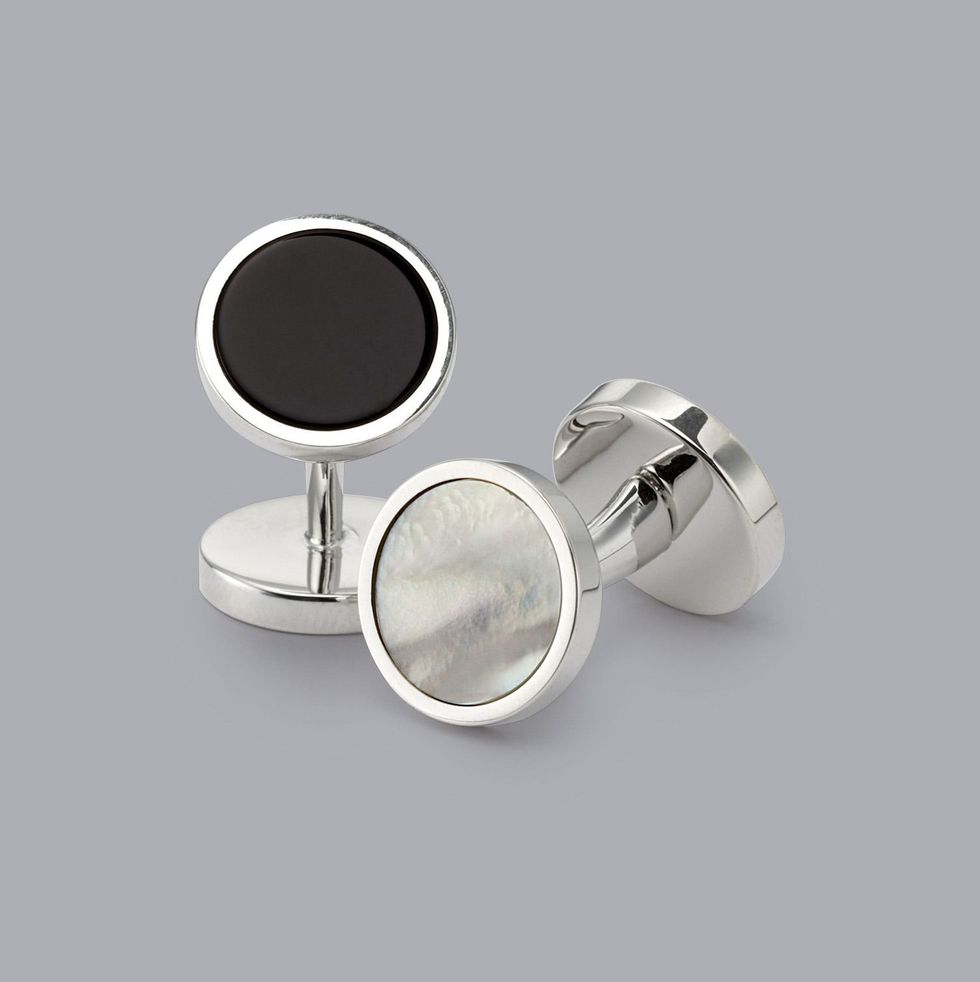
Comments are closed.